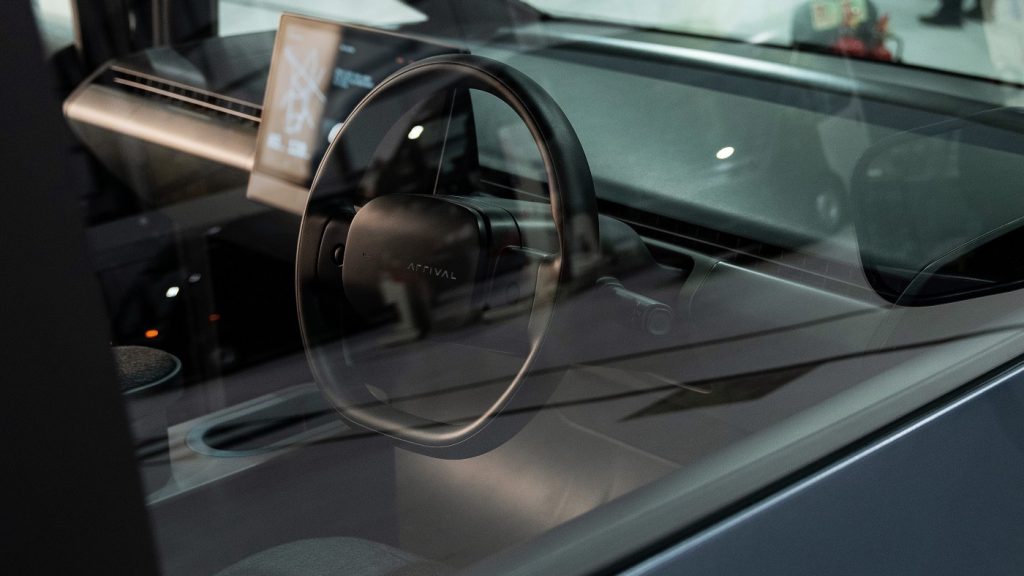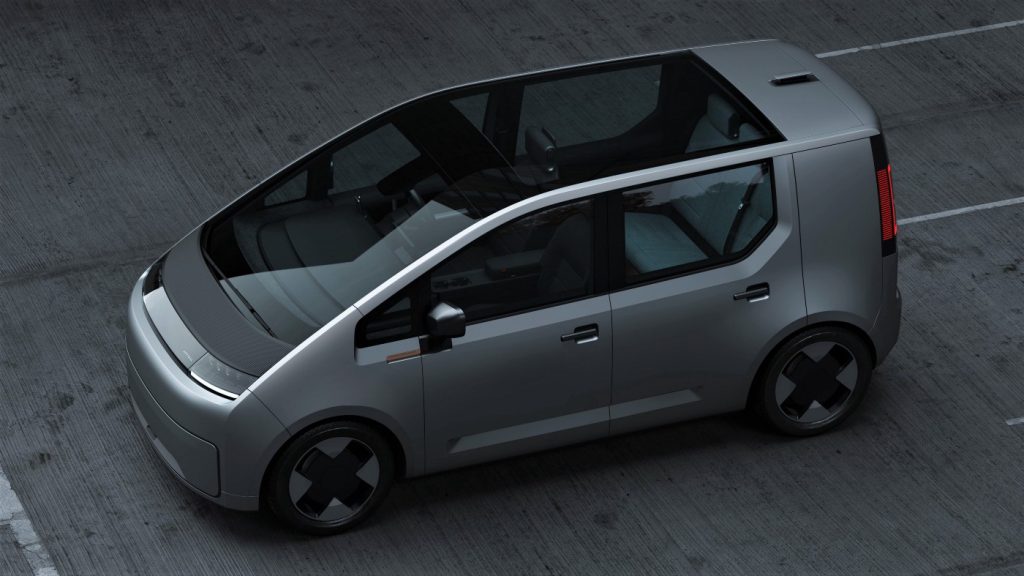London-based Arrival wants to make electric vehicles accessible to all and may revolutionize ride-sharing apps in the meantime

Transportation apps have become a big part of life for anyone who lives in a city. They help us make sure to attend important events on time, provide a cheap solution for short trips, enable us to go out at night and drink… Some of us even use them in the work commute. They do well as both the first solution and the last resort in most cases.
Recent data show that Uber alone completes over 1.4 billion trips per quarter. The only company that poses relevant competition to that is the Chinese DiDi, even though it has been facing regulatory issues. There are other important ones too, but they have limits regarding region, such as Lyft in North America, or demographics, like DriveHer.
When a company becomes that important, others start making adaptations to collaborate with it. Shopping malls now have designated areas, repair shops charge lower fees… Even governments are creating regulations to make them live in peace with bus and taxi. Now, this industry is about to take another big step: get purpose-built automobiles.

Before Arrival, what cars do ride hailing?
In general, ride hailing apps reserve sedans and SUVs to their premium class because there are several stylish and sophisticated models of those body styles. Minivans are common among drivers who work by airports because of their large trunks. Finally, hatchbacks are the primary option for drivers who work at the base category.
That “in general” part is important because those answers are highly variable according to the car models available in each region, the estimated cost to buy and keep each one, and how each driver participates in the app: some make it a full-time occupation while others simply use the family car to make an extra income in their spare time.
There are exceptions, of course, such as the occasional high-luxury car or even a supercar. However, the truth is that those cars are rare even in that premium class; the vast majority of ride hailing drivers select the Toyota Prius in the US, the Renault Sandero in Brazil, the Toyota Camry in Canada, and surely similar ones in other countries.

Why are those cars not so efficient?
First, they are so common for private use that it is difficult to spot when yours is coming. Second, ride hailing apps cause an excessive presence of the car on the street and that harms its market image. Last, but definitely not least, none of those cars were designed for that use. That entails some technical matters which one cannot overlook.
Hatchbacks are often too small. Minivans can be difficult to maneuver in tight spaces. SUVs consume too much fuel. Hybrid and electric cars might not resist such intense use. Premium sedans can become too expensive, and so on. None of the existing car categories is perfect for ride hailing apps because they were just not designed for them.
The Arrival Car, whose first prototype was finished last week. It comes with the very same purpose as the BYD D1 presented a few months ago: meet specific demands of ride hailing apps. That event becomes even more interesting once we learn that the Arrival company is based in London, a city known for having always had specific taxi cars.

Why is the Arrival Car interesting?
On the outside, the minivan design maximizes the internal space. The vertical front and rear ends with short overhangs make any maneuvers a piece of cake. The objective style makes components cheap to produce and easy to repair or replace. And the boxy rear is perfect for new variations in the future, like long wheelbase for a third seat row.
In the cabin, that large windshield boosts visibility. That panoramic glass roof helps with heating and makes passengers feel safer. The dashboard has a large touchscreen that is easy to use and spares the production of plastic knobs and buttons. Finally, we can the passenger seat and partially move it forward to create even more legroom.
The Arrival Car was conceived in six months with feedback from Uber drivers. The company also applied its own experience with electric powertrain focused on business vehicles acquired with its Bus and Van, both already on the street. As of now, the project will enter a testing phase and keep using feedback from users to improve even further.
What could happen next?
The more electric vehicles hit the streets, the higher demand there will be for infrastructure. Automakers are already showing interest in collaborating with the government in several ways, even though the other way around is usually more difficult to happen. A large and reliable network of recharge points is an essential item for EVs to prosper.
Besides, Arrival uses the promising strategy of Microfactories focused on “cell-based assembly instead of the traditional automotive production line”. Having many small plants reduces the scope of eventual problems, minimizes logistic costs, and makes production flexible, whether to receive new products or to make regional adaptations.
If vehicles like that become successful, the long-term consequence will be the creation of an exclusive car segment for ride hailing, just like we have always had buses, trucks, and cargo vans. Private cars will go back to their primary purpose and each segment of the new auto industry will be able to focus on its own demand and specialize in it.

Now that ride hailing apps have become one of the biggest industries in the global market, there is room for other companies to capitalize on catering to their specific demands. While that is the top purpose of the Arrival Car, it can also boost electrification in general and even establish a new market segment. What is your opinion on the topic?
Danillo Almeida has explored his passion for cars in two distinct ways. The first one is his graduation course in Mechanical Engineering, which will hopefully lead to a job position in the field. The other one is expressing his knowledge and opinions on the matter through writing. Almeida has already contributed to blogs, stores, and websites in general writing automotive content in many formats.



